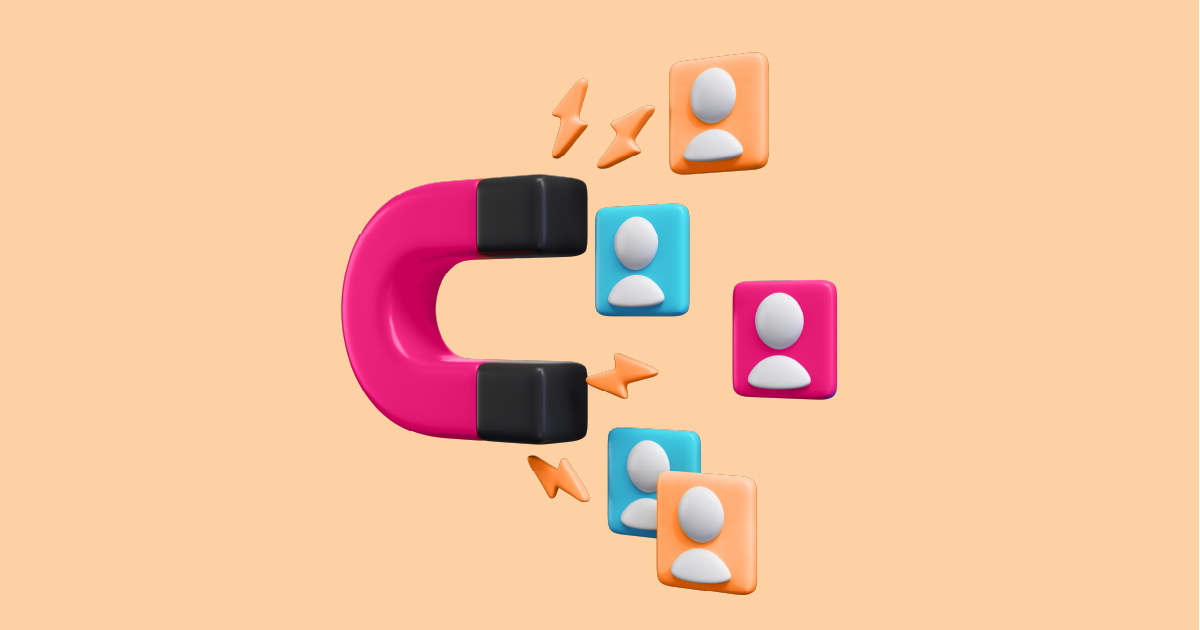In today’s competitive business landscape, customer loyalty holds significant importance for the success and growth of any company. Loyal customers not only bring in consistent revenue but also act as brand advocates, spreading positive word-of-mouth, and attracting new customers. Understanding customer loyalty through comprehensive surveys can provide valuable insights into customer preferences, expectations, and pain points. This article aims to explore the concept of customer loyalty survey and how they can be used to enhance customer loyalty.
Understanding Customer Loyalty Survey

Before delving into the intricacies of customer loyalty surveys, it is essential to grasp the concept of customer loyalty itself. Customer loyalty goes beyond mere repeat purchases; it is an emotional connection that customers develop with a brand. Loyal customers trust the brand, feel satisfied with its products or services, and are more likely to forgive occasional mistakes. Building and maintaining this loyalty requires a deep understanding of customers’ needs and wants.
The Importance of Customer Loyalty
Customer loyalty plays a crucial role in the sustainable growth of a business. Loyal customers tend to spend more, are less likely to switch to competitors, and are more forgiving when the company faces challenges. Additionally, loyal customers often provide valuable feedback, enabling businesses to identify areas for improvement and innovation. This highlights the importance of cultivating customer loyalty and underscores the value of conducting regular customer loyalty surveys.
Conducting a Customer Loyalty Survey
A well-designed customer loyalty survey can provide businesses with actionable data that drives decision-making and improves overall customer experience. When creating a survey, it is important to focus on specific aspects related to customer loyalty. These aspects may include overall satisfaction, likelihood to recommend the brand to others, reasons for choosing the brand, and preferences regarding customer service and product offerings.
Key Components of a Survey
A comprehensive customer loyalty survey should consist of the following key components:
1. Introduction
The survey should begin with a brief introduction, explaining its purpose and assuring respondents of data confidentiality. A friendly and welcoming tone helps encourage participation.
2. Demographic Questions
Including demographic questions allows businesses to segment responses and identify patterns based on customer characteristics such as age, gender, location, and occupation.
3. Rating Scales
Rating scales, such as the Likert scale, enable respondents to express their level of agreement or satisfaction with various statements or aspects of the brand.
4. Open-Ended Questions
Open-ended questions provide customers with an opportunity to elaborate on their experiences and provide nuanced feedback.
Crafting Effective Survey Questions
Creating effective survey questions is crucial for obtaining valuable and insightful responses. Here are some tips for crafting such questions:
1. Keep Questions Clear and Concise
Questions should be easy to understand and not lead respondents to a specific answer.
2. Avoid Leading Questions
Leading questions can bias responses, so it’s best to present questions in an unbiased manner.
3. Mix of Quantitative and Qualitative Questions
A mix of quantitative and qualitative questions helps gather both numerical data and detailed insights.
4. Seek Specific Feedback
Ask questions that address specific aspects of the customer experience to gather actionable feedback.
Implementing the Survey
Once the survey is designed, it needs to be distributed effectively. Businesses can use various channels such as email, social media, or website pop-ups to reach a wide range of customers. Encouraging participation through incentives or rewards can also boost response rates.
Analyzing Survey Results
After collecting survey responses, businesses must analyze the data to draw meaningful conclusions. Data analysis tools and software can help identify trends, patterns, and areas requiring attention. The insights gained from this analysis can inform strategic decisions aimed at improving customer loyalty.
Improving Customer Loyalty
Enhancing customer loyalty requires a holistic approach. Here are some strategies to achieve this:
1. The Role of Personalization
Personalizing customer interactions and experiences makes customers feel valued and understood.
2. Building Long-Term Relationships
Fostering genuine, long-term relationships with customers creates a sense of loyalty and trust.
3. Customer Loyalty in the Digital Age
Incorporating digital solutions, such as loyalty programs and personalized email campaigns, can boost customer engagement.
Utilizing Customer Feedback
Feedback from surveys should not go to waste. Actively incorporating customer suggestions and addressing concerns demonstrates a commitment to continuous improvement.
Rewarding and Retaining Customers
Loyalty reward programs, exclusive offers, and personalized discounts can incentivize repeat purchases and foster loyalty.
Conclusion
Customer loyalty surveys are invaluable tools for understanding customer preferences, identifying areas for improvement, and enhancing overall customer experience. By actively seeking and acting upon customer feedback, businesses can cultivate strong and lasting customer loyalty. Remember, customer loyalty is not built overnight; it requires consistent effort, genuine connections, and a commitment to meeting customer needs.
If you’re ready to take your customer loyalty to the next level and see real results, don’t hesitate to request a demo from AIM Technologies. Our cutting-edge solutions are designed to help you gather valuable insights from customer loyalty surveys and create personalized strategies to boost loyalty and retention.
FAQs
How often should I conduct customer loyalty surveys?
- The frequency of customer loyalty surveys depends on your business’s needs and the pace of changes in customer preferences. It’s advisable to conduct surveys at least once every six months to stay updated.
Can customer loyalty surveys be conducted online?
- Yes, absolutely! Customer loyalty surveys can be conducted online through various platforms, making it convenient for both businesses and customers.
Is it necessary to offer incentives for survey participation?
- While offering incentives can increase response rates, it is not always mandatory. A well-designed survey with a clear purpose can motivate customers to participate without external incentives.
How can I make the most of customer feedback?
- Act on customer feedback promptly. Address their concerns and implement their suggestions to demonstrate that their opinions matter.
What if the survey results are negative?
- Negative feedback can be an opportunity for improvement. Use it as constructive criticism and focus on making positive changes to address the issues raised by customers.




